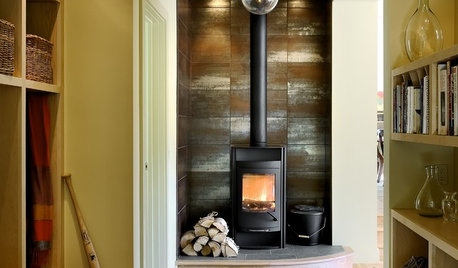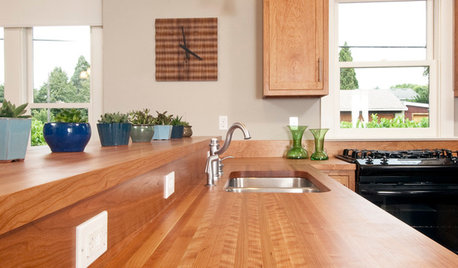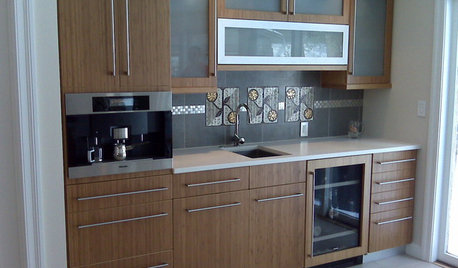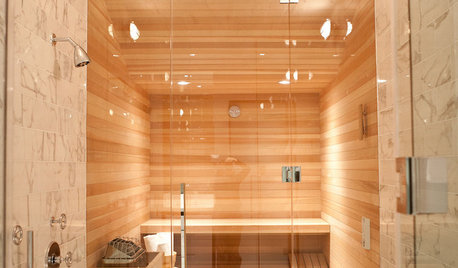Hot water coil on wood stove
commonground
13 years ago
Related Stories

FIREPLACESHeat Your Space in Style with Today's Wood-Burning Stoves
Cleaner burning and streamlined, new wood-burning stoves warm up the room
Full Story
DECORATING GUIDESQuick Fix: Erase Water Rings from Furniture
A few household items can quickly rejuvenate tarnished wood tabletops
Full Story
WOODKnotty and Nice: Highly Textured Wood Has a Modern Revival
Whether it's cedar, fir or pine, if a wood has a knot, it's hot
Full Story
KITCHEN DESIGNWonderful Wood Countertops for Kitchen and Bath
Yes, you can enjoy beautifully warm wood counters near water sans worry (almost), with the right type of wood and sealer
Full Story
KITCHEN DESIGNDisplaying Kitchen Supplies — Hot or Not?
Do some kitchens just beg for a cozy row of canisters and gear for all to see? Have a look and let us know what you think
Full Story
KITCHEN DESIGNKitchen of the Week: Updated French Country Style Centered on a Stove
What to do when you've got a beautiful Lacanche range? Make it the star of your kitchen renovation, for starters
Full Story
FIREPLACES12 Hot Ideas for Fireplace Facing
From traditional brick to industrial steel, there’s a fireplace cladding here to light up your design
Full Story
LIVING ROOMSDrop In on a Hot Comeback With a Sunken Living Room
Take the plunge into a new kind of practicality with an interior design feature that has a rich history
Full Story
KITCHEN DESIGNHot Ideas and Tips for Coffee and Tea Stations
Let options like drawer inserts and built-in coffeemakers percolate now, so your hot-drinks station can best serve holiday guests
Full Story
REMODELING GUIDES5 Hot Tips for Home Saunas
Bask in your very own heated haven, indoors or out. This overview will get you off to a glowing start
Full Story







brickeyee
bus_driver
Related Professionals
Boise Plumbers · Franklin Plumbers · Springdale Handyman · Vienna Handyman · Sunrise Manor Kitchen & Bathroom Remodelers · 20781 Kitchen & Bathroom Remodelers · Champlin Kitchen & Bathroom Remodelers · Clovis Kitchen & Bathroom Remodelers · Fort Myers Kitchen & Bathroom Remodelers · Port Orange Kitchen & Bathroom Remodelers · Pueblo Kitchen & Bathroom Remodelers · Thonotosassa Kitchen & Bathroom Remodelers · Westchester Kitchen & Bathroom Remodelers · Wilson Kitchen & Bathroom Remodelers · Cave Spring Kitchen & Bathroom RemodelerscommongroundOriginal Author
brickeyee
alphonse
commongroundOriginal Author
alphonse
commongroundOriginal Author
alphonse
weedmeister
commongroundOriginal Author
commongroundOriginal Author
alphonse
commongroundOriginal Author